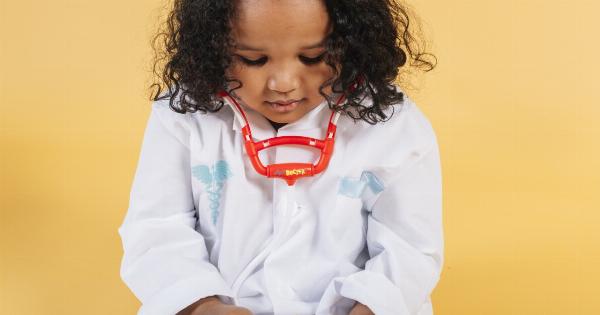In vitro fertilization (IVF) is a widely used assisted reproductive technology that helps couples struggling with infertility to conceive and have a baby.
However, concerns have been raised about the potential risk factors associated with IVF, including the development of childhood asthma in the offspring. This article aims to explore the relationship between IVF and child asthma, taking into account the latest research and scientific evidence.
Understanding IVF
IVF involves the process of fertilizing an egg with sperm outside the human body, typically in a laboratory setting. The fertilized egg, or embryo, is then transferred back into the woman’s uterus in hopes of achieving a successful pregnancy.
This technique offers a ray of hope for many couples facing fertility issues, but it is essential to understand the potential implications and risks involved.
The Prevalence of Child Asthma
Childhood asthma is a chronic respiratory condition characterized by inflammation and narrowing of the airways, leading to symptoms such as wheezing, coughing, and shortness of breath.
According to the World Health Organization (WHO), asthma affects approximately 235 million people worldwide, and the prevalence is on the rise, particularly in children. Understanding the root causes of asthma is crucial for preventive measures and potential risk factor identification.
Possible Mechanisms
Several theories have been proposed to explain the potential association between IVF and child asthma.
One hypothesis suggests that the manipulation of embryos in a laboratory setting during IVF might alter the immune system development of the offspring, making them more susceptible to allergies and respiratory conditions. Additionally, the use of fertility medications, such as hormonal stimulation, could also play a role in immune dysregulation.
Evidence and Research Findings
Numerous studies have explored the potential link between IVF and child asthma. While some early studies reported an increased risk of asthma in children conceived through IVF, more recent and larger-scale studies have provided conflicting results.
A comprehensive review of existing research suggests that the association between IVF and child asthma remains inconclusive, with some studies suggesting a weak association, while others find no significant correlation.
Genetic Factors and Family History
It is important to note that genetics and family history play a significant role in the development of asthma. Some couples resort to IVF due to underlying infertility issues potentially associated with genetic factors.
Therefore, any increased risk of asthma observed in children born through IVF might be, in part, attributed to their genetic predisposition rather than the IVF procedure itself.
Other Factors Influencing Asthma Risk
While IVF has been one of the focus points, several other factors are known to contribute to the risk of asthma in children.
Maternal smoking during pregnancy, exposure to environmental pollutants, respiratory infections during early childhood, and a family history of asthma or allergies are all recognized risk factors. Therefore, it is crucial to consider these variables when studying the association between IVF and child asthma.
Improving IVF Techniques
Advancements in assisted reproductive technologies, including IVF, are continually being made to enhance success rates while minimizing potential risks.
Researchers are investigating innovative techniques to optimize embryo development in the laboratory and refine the selection process, aiming to minimize any potential impact on the immune system of the offspring.
Conclusion
In conclusion, the association between IVF and child asthma remains inconclusive, with conflicting evidence from various studies. While some studies suggest a weak correlation, others find no significant association.
It is crucial to consider genetic factors, family history, and other known risk factors when studying the potential link between IVF and child asthma. Further research is warranted to gain a deeper understanding of the complex interactions involved and to refine IVF techniques to minimize any potential risks.





























